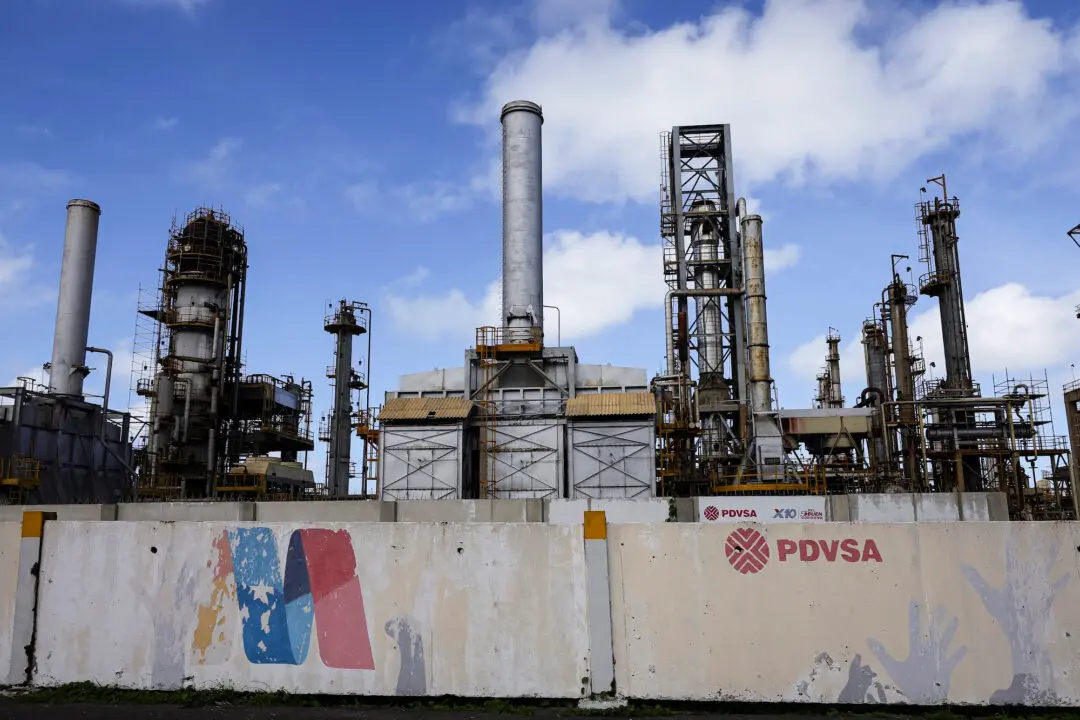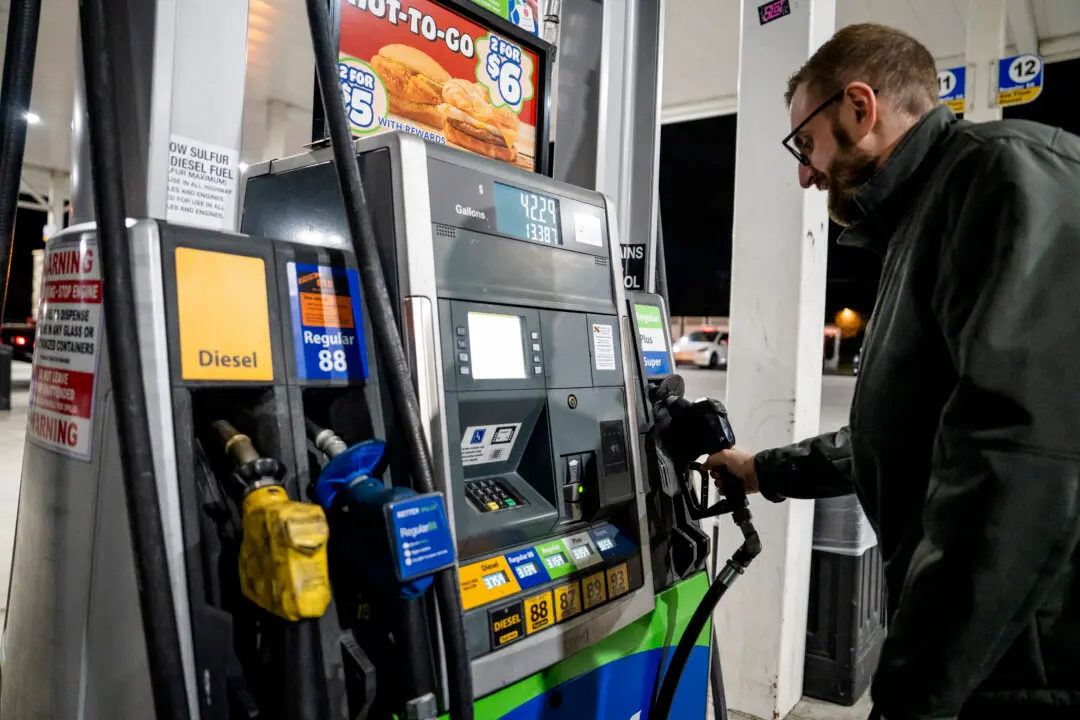The number of American workers who filed for unemployment rose last week after touching a pandemic-era low in the prior week, with the spread of the Delta variant and supply chain issues weighing on the labor market recovery.
First-time filings for unemployment insurance—a proxy for layoffs—came in at 332,000 for the week ending Sept. 11, a rise of 20,000 from the previous week’s revised level of 310,000, the Labor Department said in a release (pdf). The consensus forecast cited by FXStreet was for 328,000 claims.





